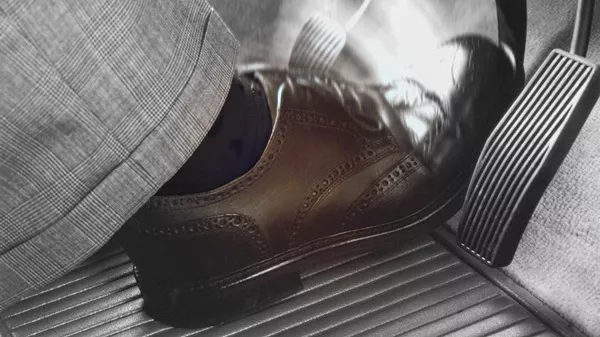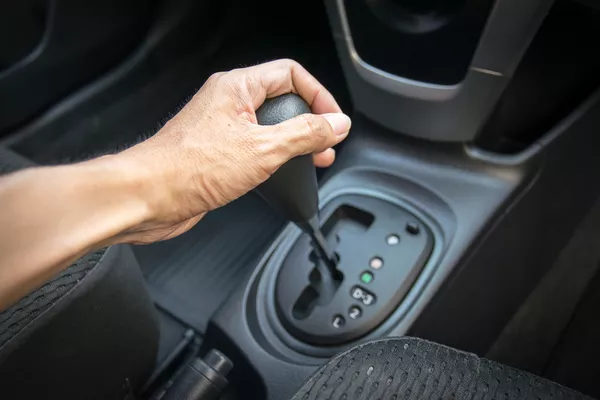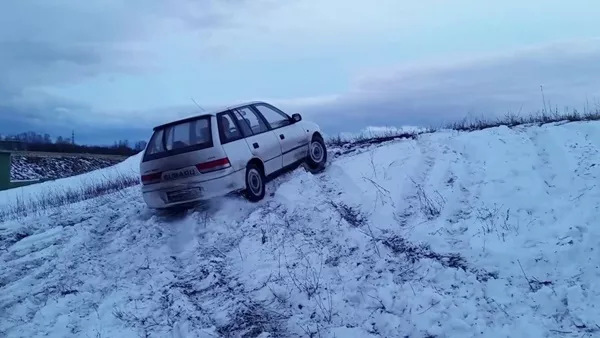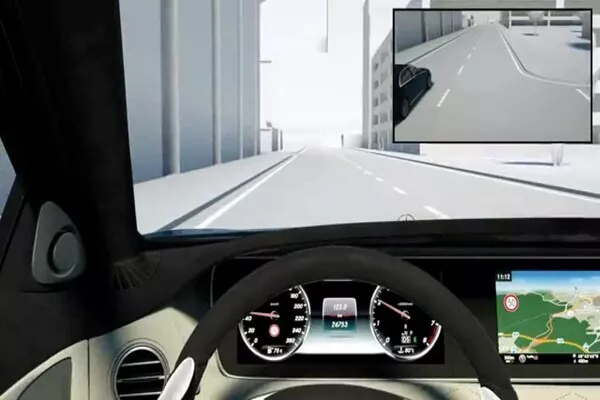There are a lot of skills that each driver should know before they start their road journeys and adventures. Others may unknowingly find the road as cement or pavement to drive on; however, for some that are cautious and scared to what the future may bring, the road is a dangerous place to be.
A lot of accidents involve collisions, emergency brakes, and turns that swerve in other lanes, disrupting the regular traffic flow and risking the lives of the passengers in your car and others on the road as well.
Most of the time, authorities find out after further investigation that people who suffer the most or is the most damaged are just involved because of somebody else’s mistake.
For example, a driver on the other line tries to overtake, unable to see that you are up ahead, you desperately maneuver and try to slam the brakes to minimize the impact but its tad late. This scenario usually results in injuries, damage to property and overbearing traffic for the next 2-3 hours.
In light of this matter, Philkotse.com will discuss three major scenarios where stopping is an essential tool to survive and the possibility of preventing your involvement in an accident.
Scenario #1: The brakes don't work
You are on your way home, enjoying the night tunes and de-stressing from a day full of workload and toxicity. When all of a sudden, you realize that your brakes aren’t responding to your motions. If this dreadful scenario occurs, the first thing you need to remember is not to panic. Maintain a calm head and analyze the situation objectively.
Next, you need to downshift immediately. This is a step that works for both vehicles that have automatic or manual transmissions. In this manner, expect the car to slow down, giving you ample time to maneuver and think of steps you can do.

Maintain a calm head and analyze the situation objectively
In cases of a manual transmission, slowly work your way through the gears, and it is crucial that you don't turn the ignition off so that you can have power over steering. In addition, do not put the car in neutral so that you won’t lose the ability to decrease the speed of your car any further.
Do not attempt to depress the accelerator pedal. Although this may be a fundamental concept to all of the motorists out there, it is a different situation when you are calm and collected and when you are scared, frantic and under pressure.
This step is a no-brainer, but you can always use your emergency brakes in these situations. Although the effectiveness of this step may vary concerning how fast or slow you are going and what model of the car you are using, emergency brakes will at least slow you down in the process.
>>> Read more: How to use your car brakes properly.

In cases of a manual transmission, slowly work your way through the gears
Also, it is essential to move to the right lane as safely as possible as this portion of the road is often the safest portion you’ll ever be. You won’t collide or crash with other vehicles on other lanes, and you minimize the risk of injuring yourself as well.
If you have come to a considerable speed to bump an object or a property so that your vehicle can come to a halt, do it. Just make sure that you minimize the impact as much as possible.
Scenario #2: When your vehicle is hydroplaning or skidding
Most of the time, vehicles that skid are of older versions and models that aren’t capable enough to fit with an anti-lock braking system (ABS) but it also happens with ABS units as well. Here are some of the things that you can do to halt appropriately.
For several seconds, depress the brakes smoothly, abruptly pushing for the brakes will make things worse. If you want to evaluate how slowly you press on the brakes, you can count using this method. Press on the count of one and one thousand, then let go on the count of two and one thousand. Continue the whole process until the vehicle can be steered and controlled by your motion.
If you are able to steer the vehicle again, put your car to the right portion of your lane and calmly breathe in and out. Take the time to collect yourself before you go on and drive to your destination.

Most of the time, vehicles that skid are of older versions and models that aren’t capable enough to fit ABS
Scenario #3: Stopping for evasive maneuvers
All kinds of situations happen on the road. Whether someone up ahead is skidding, making a horrific stop to avoid other motorists up ahead, or someone in the lane lost controls of the brake, stopping is an essential step to evade direct impact to other vehicles.
As a general rule, drivers have to be aware of what is going on around them. Since your vision up ahead is limited to the cars that you see, take into account their abrupt halt, their flashing signals or the screeching sounds you might hear.

Stopping is an essential step to evade direct impact on other vehicles
In addition, it is always advised to follow the speed limit intended for a specific area and keep in mind the traffic rules one location might have.
When you are driving in a considerable speed, you will have ample time to process what steps would you need to do, and if you choose to stop, your vehicle will halt at the right moment without compromising your passengers’ safety, other motorists on the road and your life as well. There are vehicle safety tests that can assure your car can take the lead in the situations above without any harms to you and your car.
On the other hand, if the road is clear and wide for you to re-direct your steering wheel to the other lane to avoid being involved in the incident. This option is only plausible if you are driving slowly and other paths aren't crowded.

If the road is clear and wide for you to re-direct your steering wheel to the other lane to avoid being involved in the incident
There are a lot of reasons why motorists of all ages and races would get into trouble. Some of them might not be their own fault as it can be pointed out that they are only avoiding a possible incident or their engine fails them at the most inconvenient time. Nevertheless, every motorist should learn the skill of stopping.
You can always practice emergency stops and maneuvers with the help of professional driving instructors but the critical factor in minimizing the risks of road accidents is to be prepared, be vigilant and be calm whenever you are behind the steering wheel.
Don't hesitate to collect more useful tips and advice on safe driving right now.
Recent posts
- Driving on slippery roads without ABS: 5 easy steps to follow Nov 30, 2022
- Auto emergency: Do and Don'ts of fixing a car's stuck gas pedal Oct 16, 2020
- Car handbrake: Things you should keep in mind Apr 12, 2021
- 6 signs showing that your car's brake system needs maintence Mar 17, 2021
- Everything You Need To Know About Brake Fluid Aug 17, 2022












